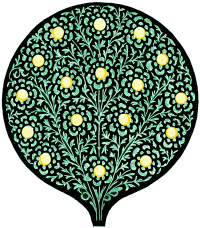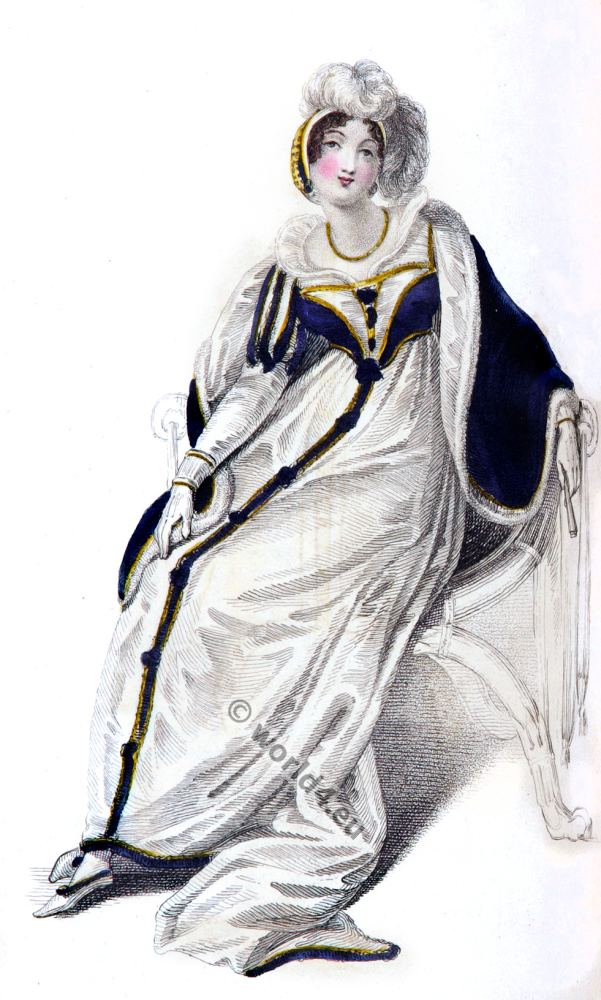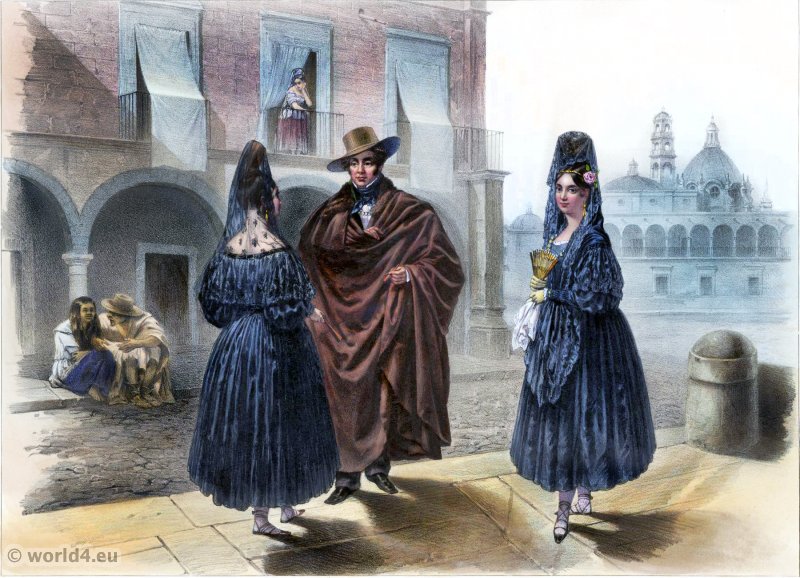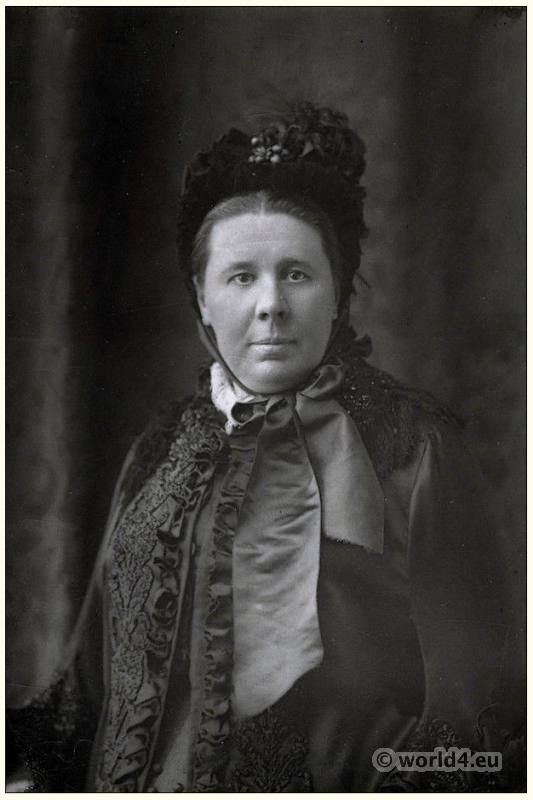Excerpt from a book in which Englishmen were recruited for service in occupied colonial India.
PLATE III.
THE BREAKFAST
Our young friends are now united, and are seated at breakfast during the honeymoon. The old Khansaman and the little Khidmutgar (male waiter) are still seen attending on their master and mistress; the former stands in reverential stillness, the latter holds a Chowree to brush away the flies.
Fried fish and rice, the characteristic materials of an Indian breakfast, are conspicuous on the table. A plate of Sylhet oranges *) shews that it is the cold season, which accounts for the silk dress and cloth coat of the couple, the carpet over the mat, and the absence of the Punkah.
*) Melanesian papeda, or wild orange, is a semi-wild species of citrus native to the famous orange orchards of Jaldhup village of the Sylhet region in today Bangladesh.
A Chuprassee with joined hands is submissively communicating a message to his master. Wall-shades are on each side of the landscape against the wall.
Chowree — A brush made generally of split bamboo gras, or sandal wood.
Chuprassee — A servant who wears a belt with metal plate, generally designating the office to which he is attached.
Khansaman – A house-steward or native servant, being in charge of the kitchen and the food supplies.
Source: Sketches illustrating the manners & customs of the Indians & Anglo Indians: drawn on stone from the original drawings from life / by William Tayler (1807-1892) Esq. Bengal Civil Service. Thomas McLean, Simpson Library, Museums of History NSW, 1842.
Discover more from World4 Costume Culture History
Subscribe to get the latest posts sent to your email.








